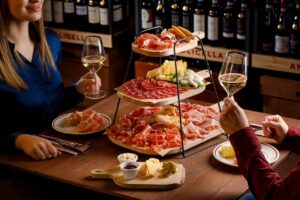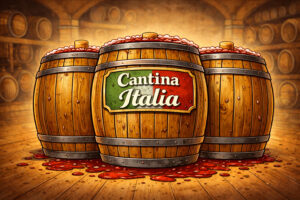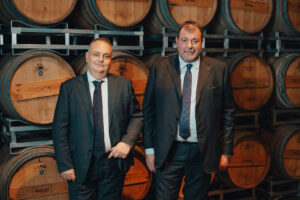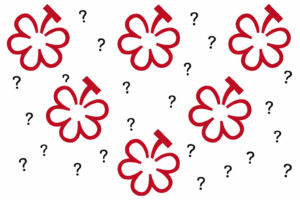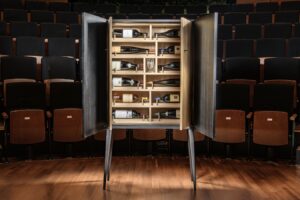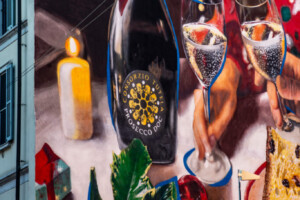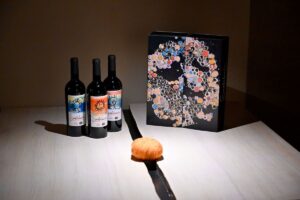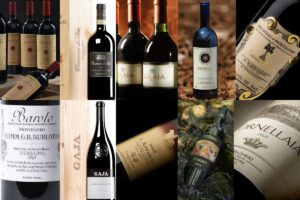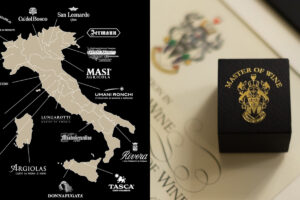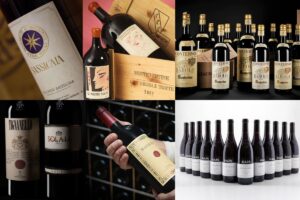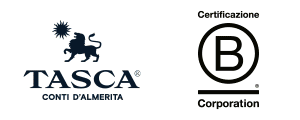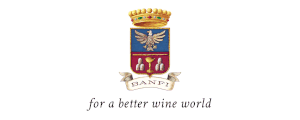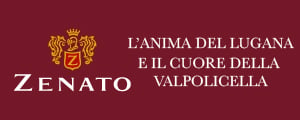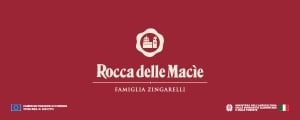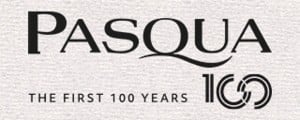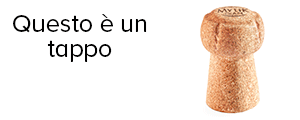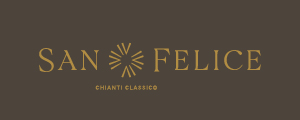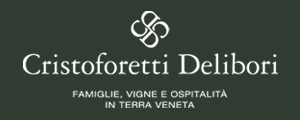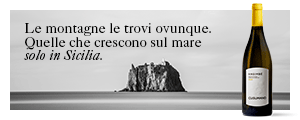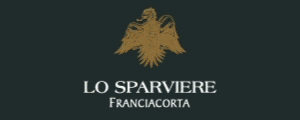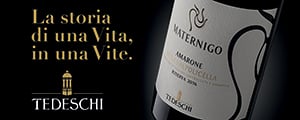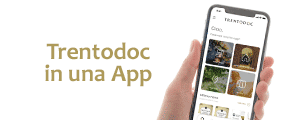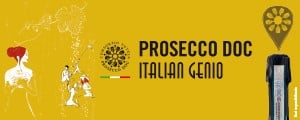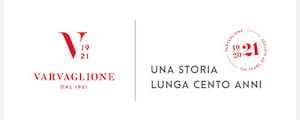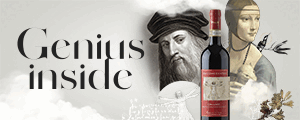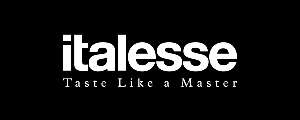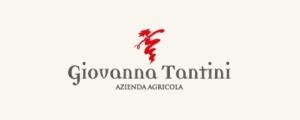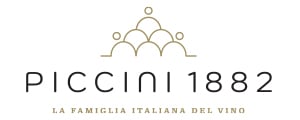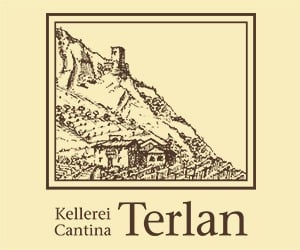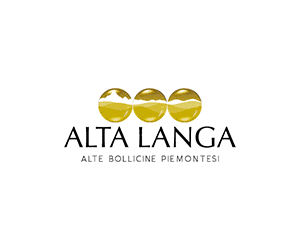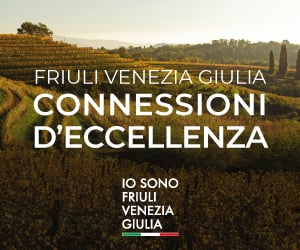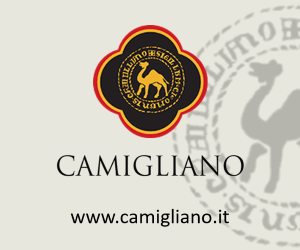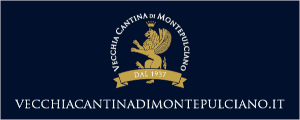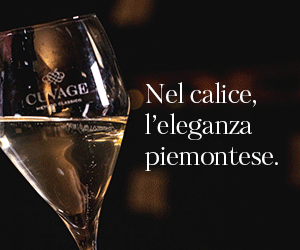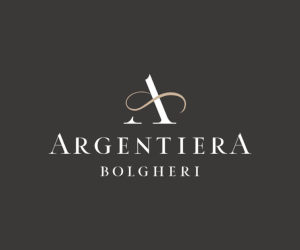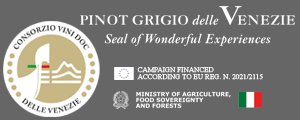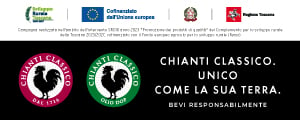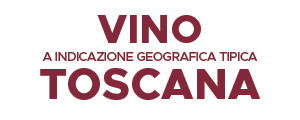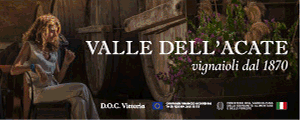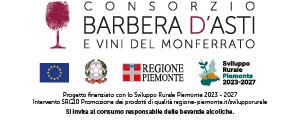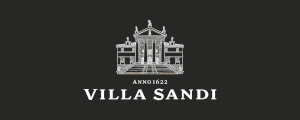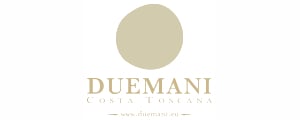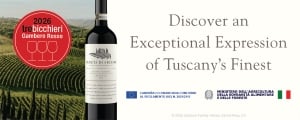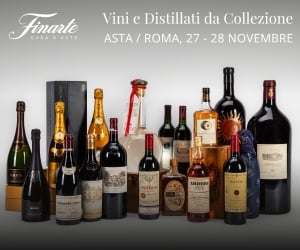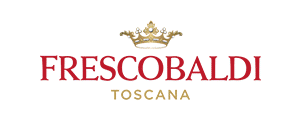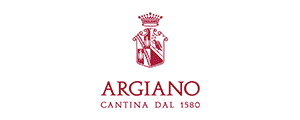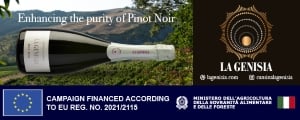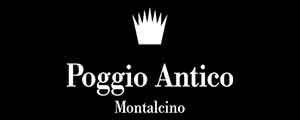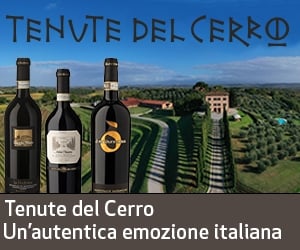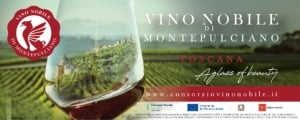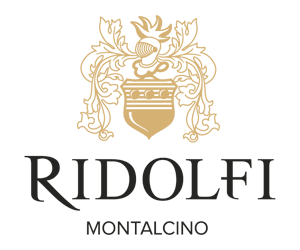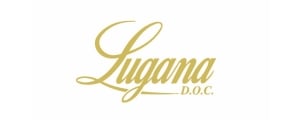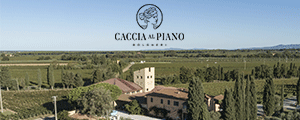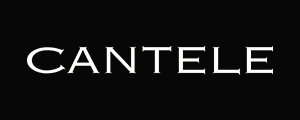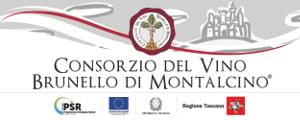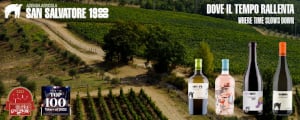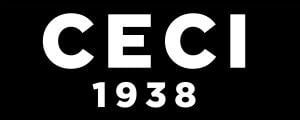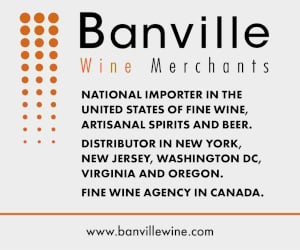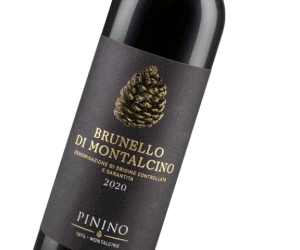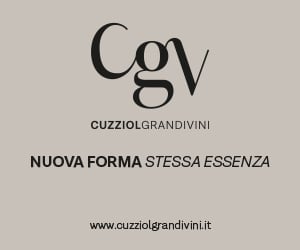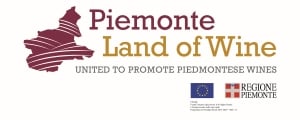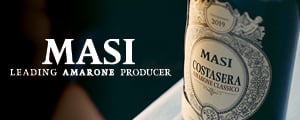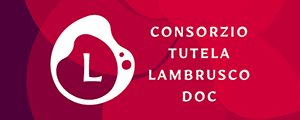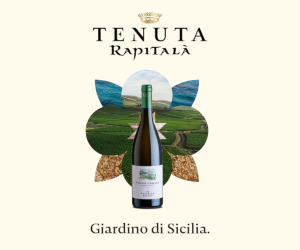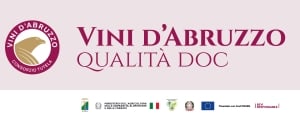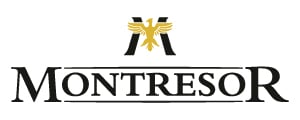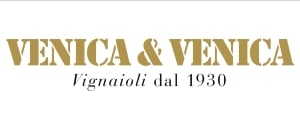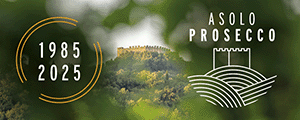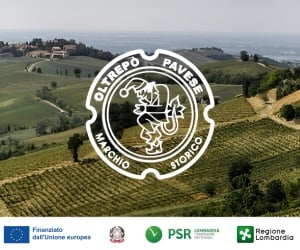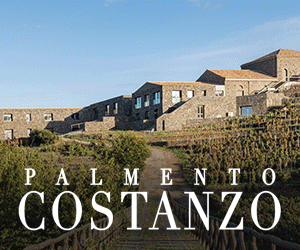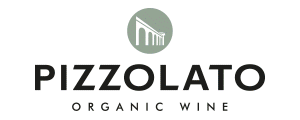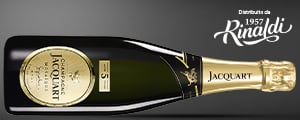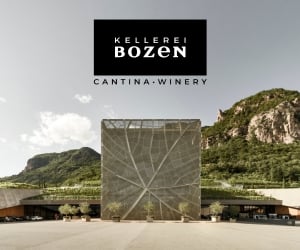Even in luxury, there are “categories”. Or rather, there are different luxury consumers, divided between those who are aspirational, meaning they can only afford a luxury item sporadically, spending less than $5,000 per year in the segment, and those defined as “top tier”, who instead spend over $50,000 per year on luxury goods and services. And in an economic, social, geopolitical context of general paradigm shift such as the one we are experiencing, the former are reducing their consumption, while the latter are not, or are even increasing it. This is a trend that the wine and spirits segment must also take into account, given that “top-tier” consumers, who represent just 0.1% of global customers (and who spend an average of €360,000 on personal luxury categories such as jewelry and watches, but also hospitality, design, wines, and spirits, and up to €500,000 including luxury cars and wellness), not only hold 100% of the market value of categories such as yachts and jets, but also a particularly significant market share in sectors such as design and art (71%), wines and spirits (66%), and iconic personal luxury goods such as jewelry and watches (34%). This emerges from the “True-Luxury Global Consumer Insight” survey by Boston Consulting Group for Fondazione Altagamma (which since 1992 has brought together the best companies promoting Italian excellence worldwide, with over 100 brands from the most representative sectors, including wine, with names such as Allegrini, Bellavista, Bertani, Biondi Santi, Ca’ del Bosco, Ferrari Trento, Feudi di San Gregorio, Frescobaldi, Livio Felluga, Masciarelli, Masi Agricola, Ornellaia, Pio Cesare, and Tenuta Luce, as well as spirits with names such as Nonino, Segnana, and Campari, and many other top brands in various categories), led by Matteo Lunelli. The research highlights how “high-end customers, despite representing only 0.1% of the total, account for 37% of the market. They prioritize experiences and demand personalization, intimacy, excellence, and a renewed focus on well-being from brands”. Meanwhile, luxury retail is undergoing profound change, with new players entering the segment, multi-brand stores in crisis, and an increasing focus on single-brand stores.
"The democratization process has generated extraordinary growth, with aspirational consumers now accounting for over 74% of the total market value. This segment is now showing some signs of weakness and, although it still accounts for 61% of the high-end market, it has fallen by 13 percentage points since 2013. Among the causes is certainly the decline in purchasing power due to the global situation of uncertainty and the geopolitical crisis. Top-tier customers, who spend over €50,000 per year on luxury goods and services, are now the real protagonists of the market: not only in categories such as yachts or jets (where they represent the entire segment) but in a wide variety of purchases that include design, wines and spirits, cars, wellness, watches, and jewelry, which make up the majority of their consumption value. With a preference for experiential luxury and the new “health as wealth” trend, which considers wellness, aesthetics, and personal space care as priorities, spending is expected to increase by around 10% over the next 18 months”.
“The profile of high-end customers is constantly evolving, and brands are called upon to develop more personalized, engaging, and targeted strategies”, says Matteo Lunelli, president of Altagamma. “The BCG study shows that 35% of aspirational consumers have reduced their purchases due to the loss of spending power and the decline in consumption in China. On the other hand, the top segment of the pyramid, which represents 0.1% of the total in numerical terms, has increased its spending to generate 37% in value. For the next 18 months, 75% of aspirational consumers say they will maintain or increase their spending, and this percentage rises to 85% for top-tier customers. To seize this opportunity, companies will need to continue to invest in increasingly personalized and effective customer relationships, consolidate trust with customers based on a solid sharing of values, and leverage the excellence of their creations and innovative services”.
“Looking at the origins of luxury brands, starting in the 19th century, luxury was reserved for the few. But over the last 50 years, much of the industry has sacrificed exclusivity for scale, stability for volatility. Aspirational consumers, who 15 years ago represented 74% of the market”, says Filippo Bianchi, Managing Director and Senior Partner, Global Head of Luxury at BCG, “have now fallen to 61%, and 35% of them say they have reduced their spending on luxury goods in the last 18 months. The consequences are clear: brands that count more than half of their customers among the aspirational are experiencing the sharpest declines, with significantly lower performance over the last 12 months. On the contrary, those that have remained faithful to their “core,” i.e., top-tier customers (the 0.1% of customers who generate 37% of the value of the luxury market, including personal goods, experiences, and luxury mobility such as cars and yachts), are not only weathering the crisis: they are thriving”.
And as often happens, tomorrow is a return to the past, and even “the future of luxury starts again from the core, from the fundamentals. The most important luxury customers”, adds Guia Ricci, Managing Director and Partner at BCG, “are asking for less invasiveness and communicative chaos and more personalization. Sixty percent feel overwhelmed by excessive and impersonal marketing: on average, they actively interact with 57 brands and receive 40-50 communications per month. Eighty percent want exclusive and intimate spaces, not standardized and crowded retail experiences. Ninety percent consider product quality to be an essential element, and there is still room to strengthen craftsmanship and transparency throughout the supply chain. Strengthening the luxury sector means returning to what made it extraordinary from the beginning, especially for top-tier customers: deep connections, intimacy, quality, and trust”.
Copyright © 2000/2025
Contatti: info@winenews.it
Seguici anche su Twitter: @WineNewsIt
Seguici anche su Facebook: @winenewsit
Questo articolo è tratto dall'archivio di WineNews - Tutti i diritti riservati - Copyright © 2000/2025












